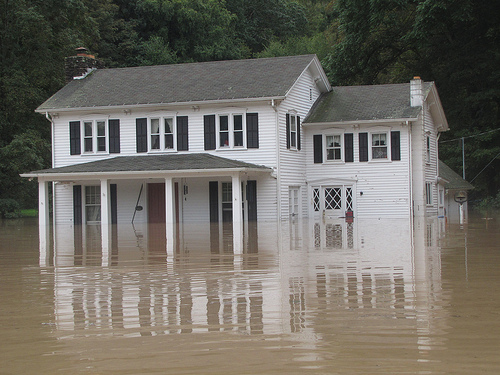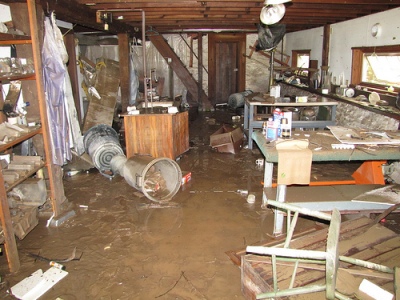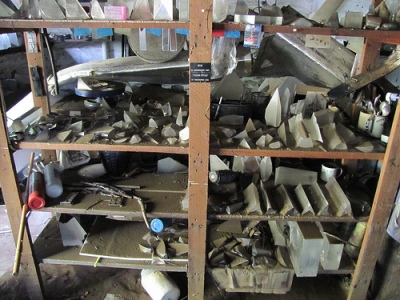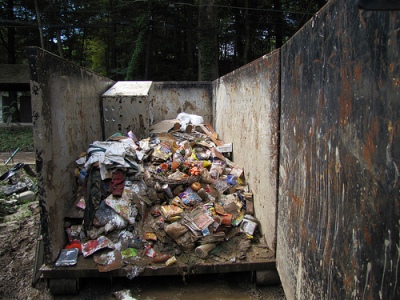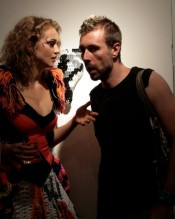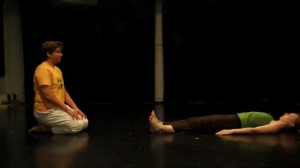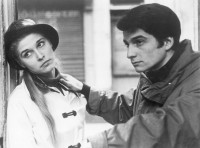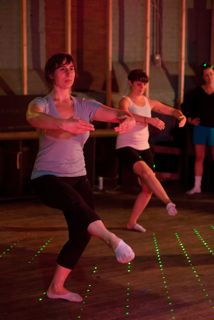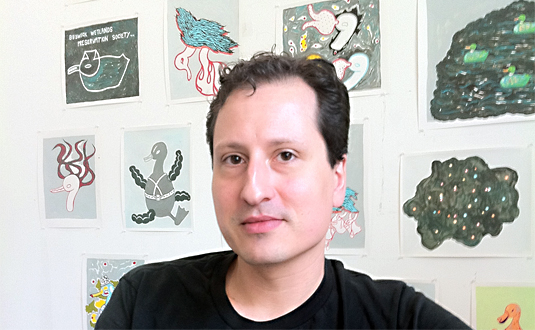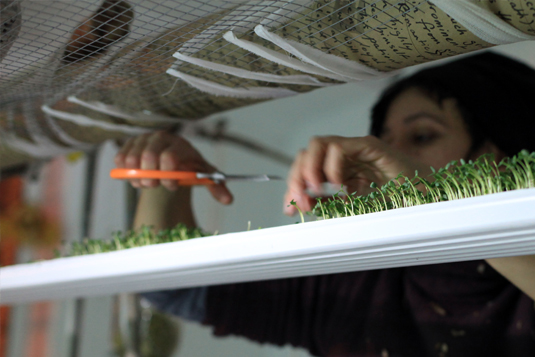[caption id="" align="alignleft" width="290"]
Giles Bettison, Vista #83, 2001. Fused, blown and wheelcut murrine glass. H 8 7/8, W 6 1/2 in. Estimate: 2,500 - 3,000 Euro (US$ 3,400 - 4,000)[/caption]
This Monday in Paris, art dealer Barry Friedman will auction off 158 works of glass, many by artists he personally championed such as Michael Glancy, Giles Bettison(pictured at left), Yoichi Ohira, and Laura de Santillana. Organized by Camard & Associates, a Paris-based specialist in 20th-century decorative art, design, photography and jewelry, the October 3rd auction will take place at 2:30 PM in Paris (8:30 AM EST) at Drouot-Montaigne. Work in glass by more than 20 artists will be represented in the auction, including such giants of the glass art field as Dale Chihuly, Lino Tagliapietra, Joel Philip Myers, and William Morris.
Looking through the lavish auction catalog (available online here), a distinct aesthetic becomes apparent, a taste for refinement of form that is in tune with Friedman’s established authority as a purveyor of beautiful things. His New York gallery first uptown and now in Chelsea, has exhibited work in various media from metal to photography to ceramic to glass, but always with a sharp eye on changing tastes. He has been at the forefront of various art and design trends and helped to make some of them, such as in the 1970s when he zeroed in on Art Nouveau furnishings. Friedman’s interest in glass artwork was spurred by his discovery of Michael Glancy’s work in 1996 at an exhibition in Switzerland. Though he became involved in glass in the mid-1990s, after the movement was already well underway, Friedman set himself apart from other dealers in his unapologetic approach to work in the media as something he has called “contemporary decorative art.”
[caption id="" align="aligncenter" width="377"] Frantisek Vizner, Aqua Base with Two Hollows, 2005. Optical glass, cut, sandblasted, and polished. D 10 1/2 in. Estimate: 8,500 - 10,000 Euros. (US $11,340 - 13,400)[/caption]
Frantisek Vizner, Aqua Base with Two Hollows, 2005. Optical glass, cut, sandblasted, and polished. D 10 1/2 in. Estimate: 8,500 - 10,000 Euros. (US $11,340 - 13,400)[/caption]
The Camard catalog documents this in the rich diversity of visually pleasing artwork ranging from Giles Bettison’s “Vista” series, created using the Venetian murrini technique to layer colored glass into a complex mosaics, to the more austere aesthetic of the late Czech artist Frantisek Vizner, whose stark columns and deep bowls that rise to a sharp point in their center provide a minimalistic approach to elegance of form. Also in the Paris sale is work from all three artists from the Barry Friedman Gallery’s touring exhibition ““Venice: 3 Visions in Glass: Cristiano Bianchin, Yoichi Ohira, Laura de Santillana”, which recently completed its stint at the Musee Des Arts Decoratif in Paris and will conclude its run at the Glasmuseet Ebeltoft in Denmark on March 18, 2012.
[caption id="" align="alignleft" width="213"] Tessa Clegg, Prism 1, 2002. Pate de verre. H 9 1/2 in. Estimate: 1,500 - 2,000 Euros (US$ 2,000 - 2,700)[/caption]
Tessa Clegg, Prism 1, 2002. Pate de verre. H 9 1/2 in. Estimate: 1,500 - 2,000 Euros (US$ 2,000 - 2,700)[/caption]
Camard & Associates will host the auction as well as a series of seminars leading up to the sale. The exhibition “Collection Barry Friedman” will be on display at the Drouot-Montaigne today and tomorrow. A catalog of all the items for sale is available at the venue as well as online. Interested parties can bid live during the auction via the Internet or over the telephone. The more traditional way of participating afar by filling out an absentee bid form is also an option. Over the telephone and absentee bidders will have to register with Camard, while online bidders will register withDrouot. IMPORTANT NOTE: All artworks purchased at this event will incur a 22.5-percent buyers charge over and above the gavel price.
—Ruth Reader
IF YOU GO:
“Collection Barry Friedman” Monday, October 3, 2011, 2:30 PM Paris (8:30 AM EST) Camard & Associés Drouot Montaigne 15 Avenue Montaigne 75008 Paris Tel : 01 42 46 35 74 Email : infoventes@camardetassocies.com